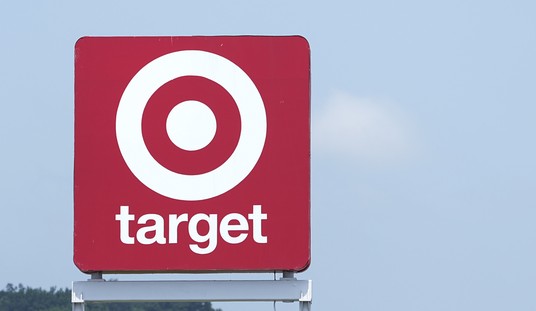That pesky ol’ “farm bill” — i.e., the gigantic bill that includes both food stamp programs and agriculture subsidies and therefore brings together an urban-rural coalition of votes that ensures minimum transparency and maximum momentum — is still a lingering action item on Congress’s agenda, after the House version’s tremendous crash-and-burn last month. Some unruly conservatives had the audacity to object to a mere three percent annual cut in the $80 billion/year food stamp program, while some precocious Democrats at the same time thought that that and additional work requirements were far too draconian. (Trillion dollar deficits, people. Trillion. Dollar. Deficits.)
Certain lawmakers wondering what to do with the legislative pickle in which they’re suddenly finding themselves, and several are considering whether they mightn’t have a shot at finally splitting up the omnibus farm bill — but it’s a move to which, as you might imagine, the agribusiness lobby is outrageously opposed, and Democrats don’t seem to be too keen on food stamps getting their own individual treatment, either. Food stamp rolls usually rise and fall with with the economy, but the Obama administration’s expanded qualifications and our ongoing stagnation-economy have seen food stamp participation grow larger and larger still, as the WSJ updates:
Food-stamp use rose 2.8% in the U.S. in April from a year earlier, with more than 15% of the U.S. population receiving benefits. (See an interactive map with data on use since 1990.)
One of the federal government’s biggest social welfare programs, which expanded when the economy convulsed, isn’t shrinking back alongside the recovery.
Food stamp rolls increased on a year-over-year basis, but were 0.4% lower from the prior month, the U.S. Department of Agriculture reported. Though annual growth continues, the pace has slowed since the depths of the recession.
The number of recipients in the food stamp program, formally known as the Supplemental Nutrition Assistance Program (SNAP), is at 47.5 million, or nearly one in six Americans.
The White House can talk about how much each month’s jobs numbers are indicative that we’re “seeing progress” and “things are improving” and blah blah blah, but this is a number that tells an entirely different story than the narrative they’re pushing, and it certainly isn’t what a “recovery” looks like.
Once more, with feeling: The GOP doesn’t want to deprive people of food stamps and food assistance. They want to engender a more robust, prosperous economy flux with employment and economic opportunities more attractive and uplifting than being consistently on the federal government dole.








Join the conversation as a VIP Member